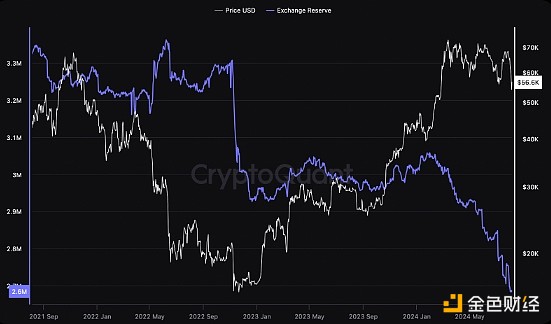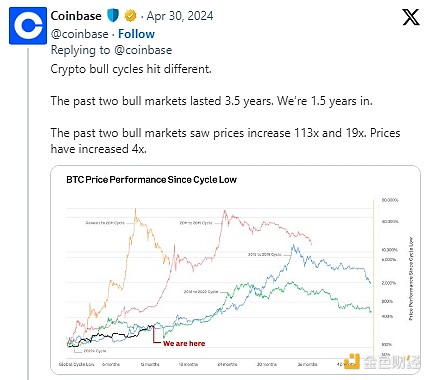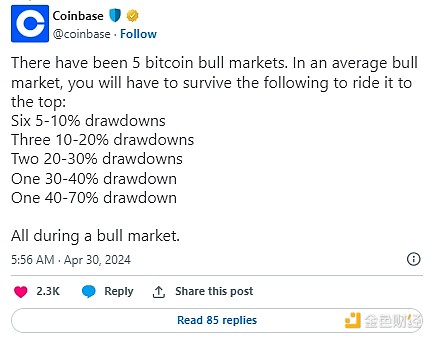Author: David C, Bankless; Translated by: Deng Tong, Jinse Finance
The cryptocurrency market has had a worrying past few days as the industry appears to be ahead of investor concerns about the state of the global economy.
Today’s market action has demonstrated the virtue of patience, especially when unwinding firm bets on new technologies. While crypto assets have shown resilience today and rebounded 20% from recent lows, there is still a lot of fear in the market.
While the road ahead is uncertain, especially in the near term, several key indicators suggest there is reason for continued optimism. Today, we dive into 5 compelling reasons not to hit the sell button.
1. The U.S. economy is basically stable
First, from a macro perspective, while the recent jobs report did spook the markets, other economic data suggests things may not be as bad as this one data point suggests.
Specifically, the ISM Services PMI, which measures service sector activity, rose more than expected in July. The growth it shows is not just job creation, but also means that as people were laid off, service sector jobs were added, which indicates strong business activity. In addition, while unemployment rates did rise higher than expected, triggering the pesky Sam Rule, they are still near a record low of 4.3%, and US GDP growth continues to be strong as well.

2. The number of Bitcoins on exchanges is at a historical low
Another signal that can be used to gauge market health is the amount of Bitcoin held on exchanges, which has reached historic lows relative to its price.
This data point may reflect some bullish sentiment from retail investors as well as an increase in institutional holdings . If holders were ready to sell in a short period of time, we could see a spike in these numbers, but they are still trending downward.

3. Cryptocurrency becomes the focus of the election
As cryptocurrency becomes an increasingly hot issue in the U.S. election, there are sure to be positive developments in the market.
Regardless of whether Trump’s intention to build Bitcoin into a strategic reserve asset is feasible, his support has prompted the Democratic Party to reconsider its position as Kamala begins to campaign against him. Although her camp has hardly signaled support for cryptocurrencies, she recently hired David Plouffe, a former consultant for Binance and Alchemy Pay, suggesting that positive developments may be coming in the future. Meanwhile, Trump continues to speak out about the industry, prompting powerful figures in Silicon Valley to endorse it, which covers many fields beyond cryptocurrencies.
4. TradFi continues to emerge
Digging deeper into cryptocurrencies, the level of adoption within traditional finance (TradFi) is another reason for optimism.
From Bitcoin ETF to Ethereum ETF to BUIDL, cryptocurrencies continue to make history in this cycle as institutional investors become more involved in cryptocurrencies, even through on-chain tools. Moreover, this history is not only about cryptocurrencies, but also about ETFs, with BlackRock's IBIT ETF reaching $10 billion in assets under management faster than any other ETF in history. As more funds and services are deployed on-chain, the tokenization of traditional assets is becoming a trend worth betting on.

5. This industry has always been in a state of great volatility
For experienced cryptocurrency investors, volatility and corrections are the norm. This doesn’t make it any less painful, but for long-term investors, it’s easier to ride the wave than to choose the right entry and exit times.
During bull markets, multiple declines, ranging from 5-10% declines to large declines of 40-70% are normal. In addition, market cycles are built around the Bitcoin halving, with the bottom occurring approximately 1.3 years ago and the peak occurring approximately 1.3 years later. As we are less than four months away from the halving, history suggests that this cycle still has a long way to go, although the unprecedented macro equations certainly make people think that this time may be different.










